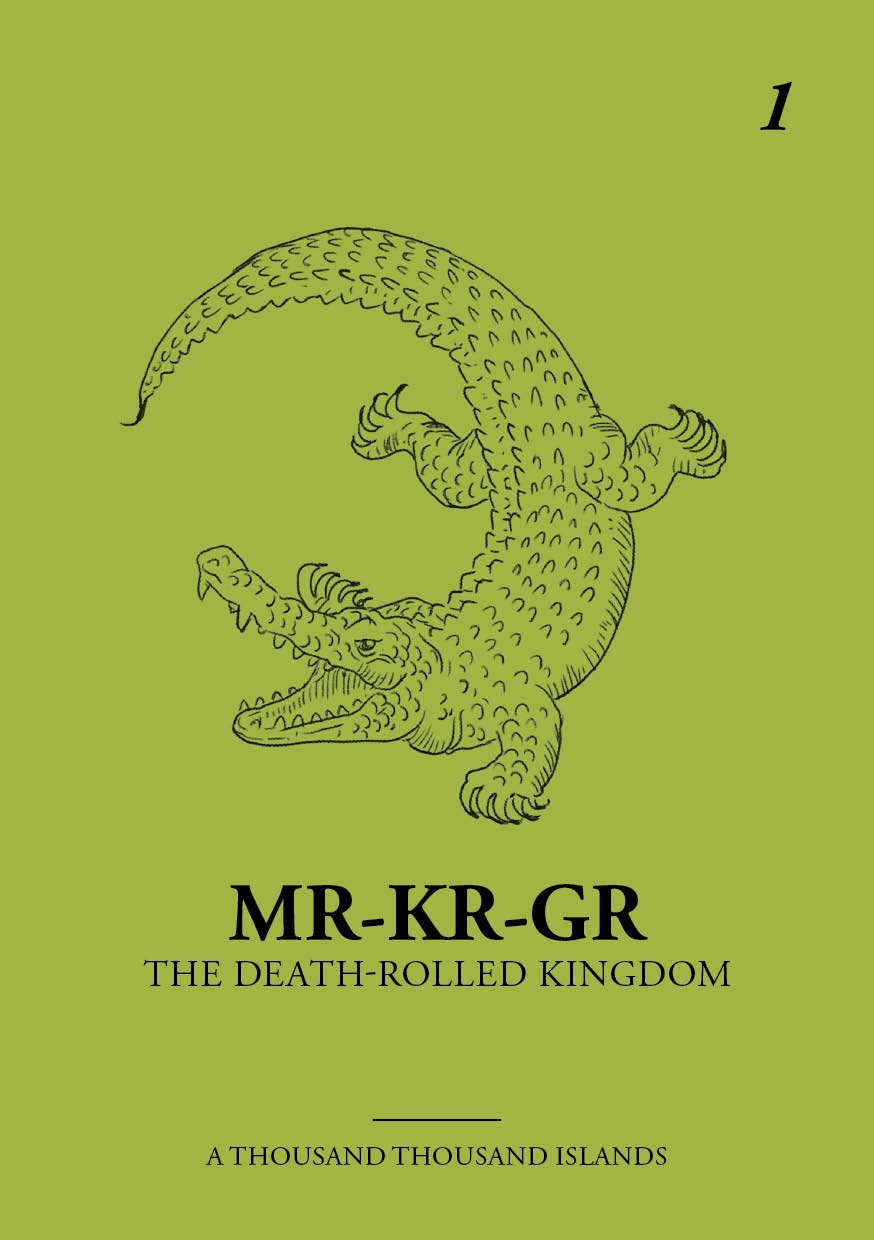Even WHFRP ignores pogroms, feudal obligations, indentured servitude, and child marriage. It dodges serfdom because the main setting is the Empire, and serfs don't really exist in the Empire (they do in Bretonnia, which rarely gets much of a look-in in WHFRP setting material). It does have class immobility though I guess.
It's absolutely true that the "vast majority" ignore all of these things.
I mean, what's your definition of vast majority? 70%? 80%? 90%? If we do a survey of TT RPGs in Western-ish settings, I guarantee we can reach any of those thresholds. The sheer number of bland, generic Western-ish settings is just staggering. Even if we only look at "major" TT RPG settings we're going to reach a high-80% threshold easily. Generally even "edgy" RPGs ignore these particular things (try-hard edgy RPGs tend to have more on sexual violence or sex work or slavery rather than anything as prosaic as indentured servitude or feudal obligations).
So I think it would be right for a South Asian setting to ignore caste, for example, rather to centralize it as an "exotic" feature.
@Henadic Theologian - I totally reject any idea that I'm "making it political", that's laughable, my point is that it's already political, and pretending it isn't, is a very big problem and is the sort of problem that people in the West might want to blithely ignore in order to simplify their lives, but probably shouldn't.
As for "over-thinking it", that is one of the most hilariously American comments I've ever read. I know a little bit more about South Asia/the Indian subcontinent than most Americans because 10% of the population here is South Asian and thus it's a topic that matters here a lot more than in the US where it's just recently grown to over 1%. I'm not even going into depth! But right now real-world India is doing some Very Bad Things (that are wildly underreported in certain countries, I agree) to non-Hindu populations so any TT RPG that just coincidentally
eliminates all non-Hindus from its version of "Fantasy South Asia" is not going to look great, frankly, and not going to be remembered fondly. I'm staying away from historical comparisons for a reason but maybe meditate on what those might be.


